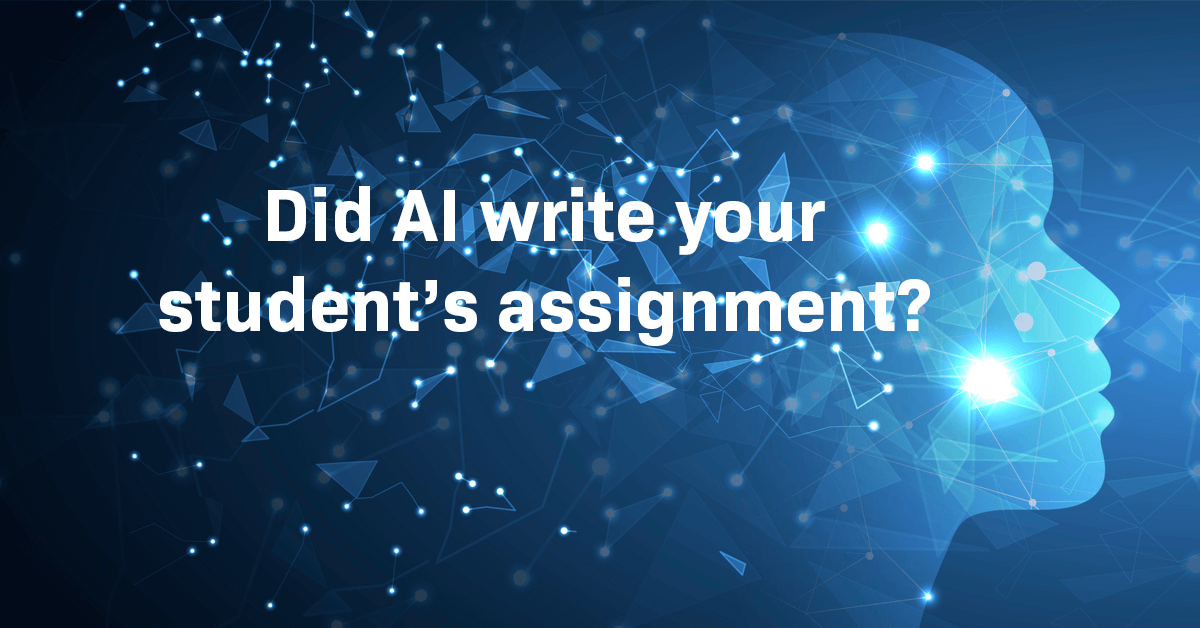For the past 15 months, educators have understandably been immersed in the challenge that COVID-19 presents for teaching and learning in schools. Largely ignored throughout this period has been Artificial Intelligence (AI), the most consequential long-term learning challenge that educators will likely face. For years we’ve known that AI will create severe dislocations in our society and experts have warned that education “will be on the frontline.” Yet, AI has been limited to tutoring software in most schools, and most educators have not felt the impact of AI directly — until now.
Just last month, a new AI tool was released called GPT-3. “Generative Pre-trained Transformer, Version 3” is the largest language model ever created and absorbs and analyzes an enormous amount of text on the Internet and in various publications. But what really impresses is its ability to write stories, create characters, provide sensory description, craft poetic language, and more. GPT-3 requires only a small amount of text from you to write language “impressively” and “human-sounding.”
Sudowrite is a publicly-available GPT-3 writing tool that has garnered attention since being featured in a recent New Yorker article. At the heart of Sudowrite is its “Wormhole” feature.…


